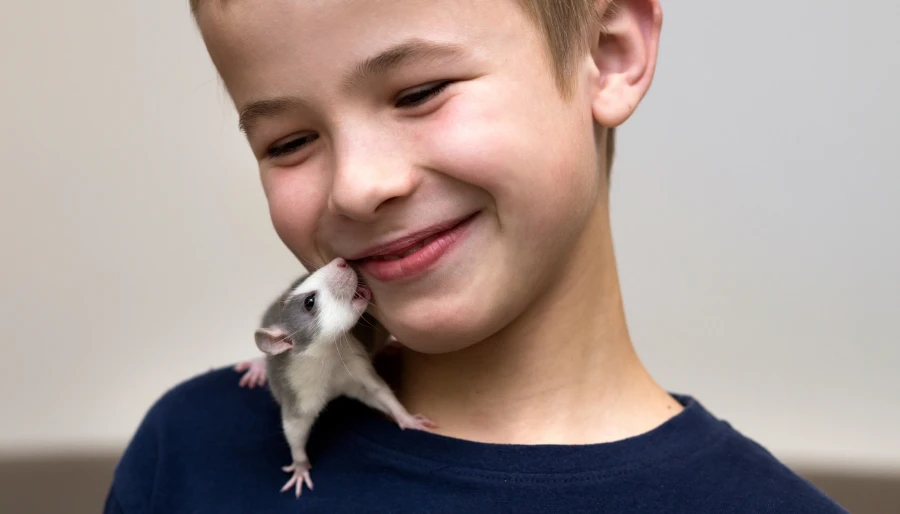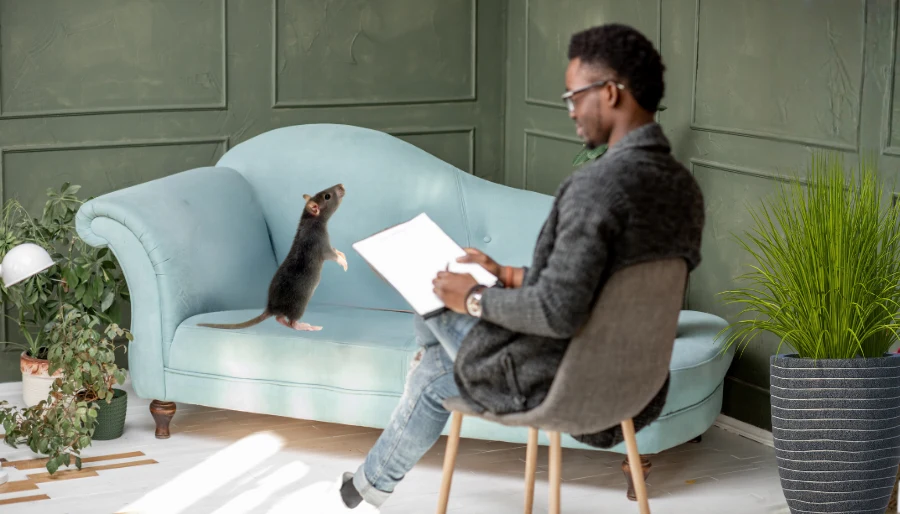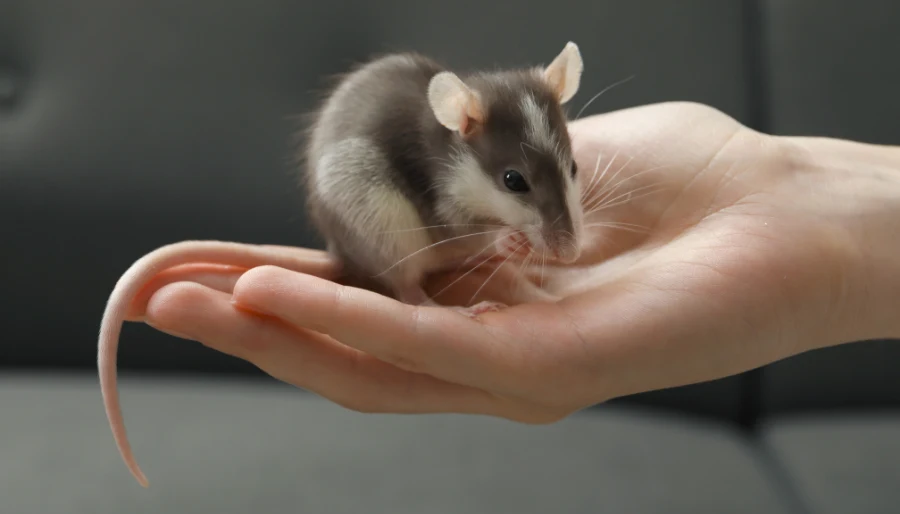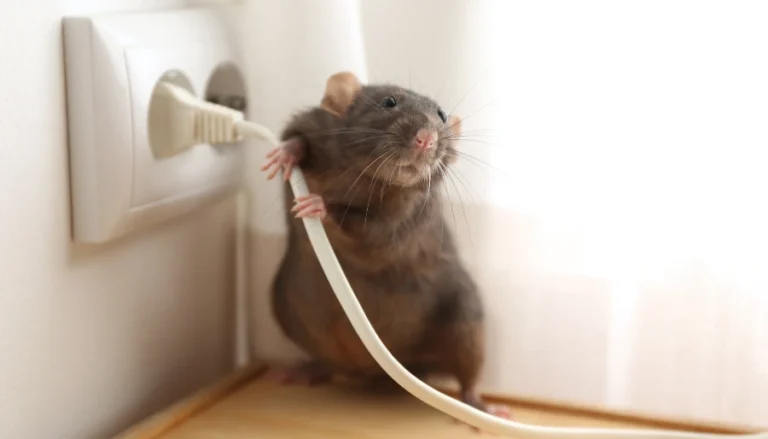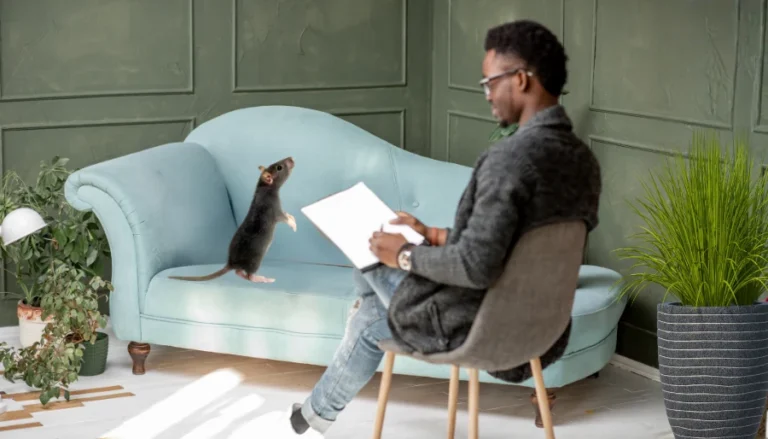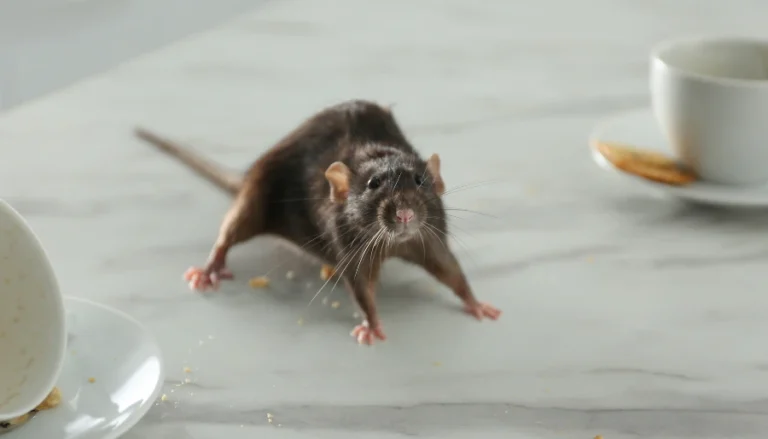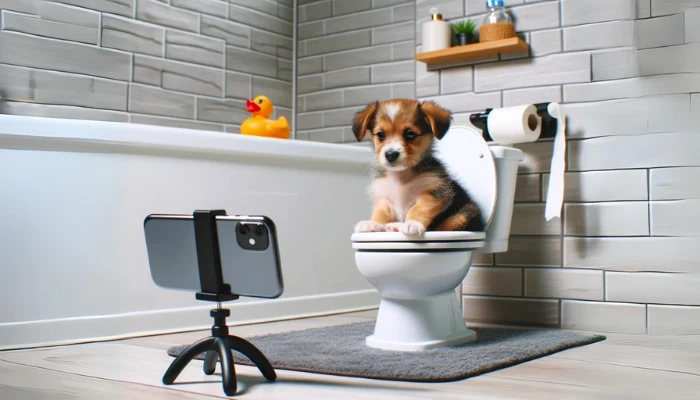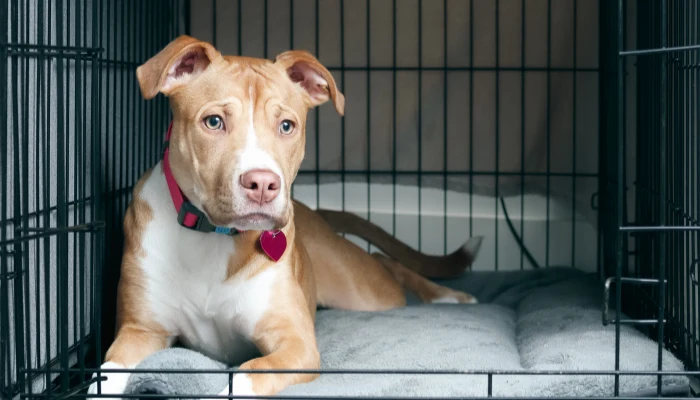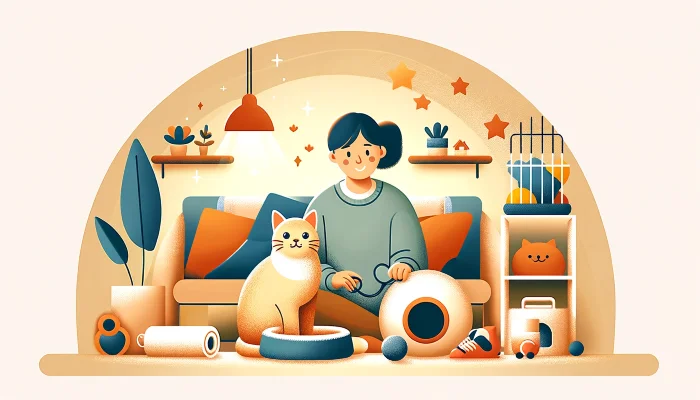A trusting rat is a completely different pet from a fearful one. It comes to the front of its cage to greet you. It climbs into your hand without hesitation. It even falls asleep in your lap. But trust doesn’t happen automatically. It’s built slowly, through small moments, consistent care, and patience — especially when a child is the primary caregiver.
10 Signs Your Rat Trusts You and How to Build a Stronger Bond
If you’re wondering whether your rat truly trusts you, here’s how to tell. And if it doesn’t yet, don’t worry. You’ll learn how to change that, too.
1. It Comes to You on Its Own
One of the clearest signs of trust is when your rat chooses to come to you without being coaxed. If it walks to the front of the cage when you enter the room or climbs into your hand without hesitation, it sees you as safe.
Encourage your child to sit quietly near the cage each day. Let the rat approach on its own terms. The more often it chooses to come closer, the stronger the bond becomes.
2. It Climbs Onto You Willingly
A rat that trusts you won’t resist being picked up. It might even climb up your arm or onto your shoulder by itself. This proves that the rat feels secure in your presence and sees you as part of its environment and not a threat.
If your rat is still hesitant, let it climb onto a flat hand instead of grabbing it. Reaching down suddenly can scare it and cause anxiety and stress. You need to let the rat decide and take the step on its own. That helps build confidence.
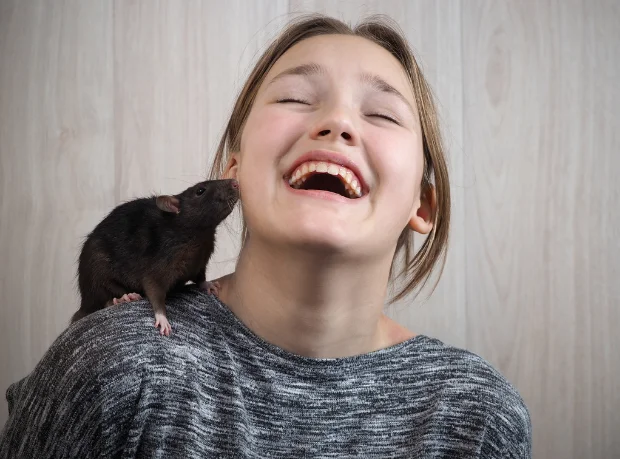
3. It Grooms Itself Around You
Rats only groom when they feel safe. If your child’s rat cleans its face or paws while sitting with them, that’s a strong sign of trust. It means the rat is relaxed enough to let its guard down.
It may even groom your fingers gently, which is a social behavior they normally reserve for other rats. That’s a sign your rat sees you as part of its group.
4. It Falls Asleep on You
There’s no clearer sign of trust than a rat that falls asleep in your lap or on your shoulder. Sleep is when rats are most vulnerable. If they feel safe enough to rest near you, they trust you deeply.
If this happens, encourage your child to stay still and quiet. Those calm moments help strengthen the bond even more.
5. It Brings You Objects or Shows Off Toys
Rats are curious and social. They like to get involved in everything! A rat that trusts you might bring small objects toward you or interact with toys near you. This behavior is like how they share with other rats in their group.
Offer them lightweight toys to carry or rearrange. It’s a fun way for kids to interact and deepen the bond while learning how rats express social behavior.
6. It Licks or Grooms You Gently
A rat that licks your skin isn’t trying to bite. It’s a grooming behavior and one of the clearest signs of affection and trust. This means it sees you as part of its social circle.
Teach kids to stay calm and still when this happens. Pulling away suddenly can confuse the rat and break that moment of trust.
7. It Explores Freely Around You
A rat that trusts you feels comfortable enough to explore its surroundings instead of hiding or freezing. It might climb on furniture, sniff your clothes, or walk across your hands without fear.
Encourage exploration in a safe, supervised space. Let your child sit on the floor and create tunnels or boxes for the rat to explore. The more confident the rat feels during free time, the more trust it’s showing.

8. It Shows No Fear of Your Hands
If your rat doesn’t flinch, run, or bite when you reach into the cage, it’s a sign of trust. It understands that your hands bring food, comfort, and attention.
If your rat is still wary, teach your child to approach slowly and let the rat sniff their hand first. Offering treats from an open palm is another easy way to build positive associations.
9. It Responds to Your Voice
Rats can learn to recognize voices. If yours perks up, comes closer, or seems excited when your child speaks, that’s trust. It means they associate your voice with safety and good things.
Encourage your child to talk to their rat, always in a calm, soft tone.
Consistent, gentle interaction helps build familiarity and comfort. This also helps your kid develop emotional and tonal control over their voice, which is a skill that, from my personal experiences, many adults don’t have.
10. It Stays Calm When You’re Near
The most telling sign of trust is simple. A rat that remains calm around you is a rat that feels safe. It doesn’t hide or act frantic when you walk into the room. It goes about its usual activities, confident that you’re not a threat.
If your rat still hides when you’re nearby, don’t take it personally. Trust takes time, and small consistent actions build it best.
What to Do If Your Rat Doesn’t Trust You Yet
If you’re not seeing many of these signs, that’s okay. Trust isn’t automatic, especially if your rat is new or had limited handling before.
The good news is that rats are social and bond deeply once they feel safe.
You just need to put in the work and here’s what you’re going to do:
- Go slow: Start with short, calm interactions and let the rat set the pace.
- Offer treats: Hand-feeding creates positive associations with your presence.
- Stick to routines: Consistency builds familiarity and reduces fear.
- Avoid grabbing: Let the rat come to you instead of reaching in suddenly.
- Give space: Respect signs of fear and allow hiding when needed.
Trust can take weeks or even months, especially with shy or older rats. The key is patience. Each positive interaction builds a little more confidence.
Teaching Kids the Value of Trust-Building
One of the most powerful lessons pet rats teach children is patience. Empathy and compassion are up on the list too, but right now, we’re focusing on patience.
They learn that trust isn’t something you demand. It’s something you earn.
More To Discover
Encourage your child to celebrate small milestones, like the first time their rat climbs into their hand or lets them pet it without hesitation.
Talk openly about what the rat’s behavior means and why certain actions build or break trust. These conversations teach empathy and responsibility as well, and those lessons that go far beyond pet care.
Key Takeaways for Parents
- Trust shows in small but clear ways, from grooming and exploring to climbing into your hands.
- Lack of trust isn’t permanent. Patience and consistency build it over time.
- Slow movements, soft voices, and hand-feeding are simple ways to help.
- Teaching kids how trust works deepens their bond with the pet and builds emotional intelligence.

